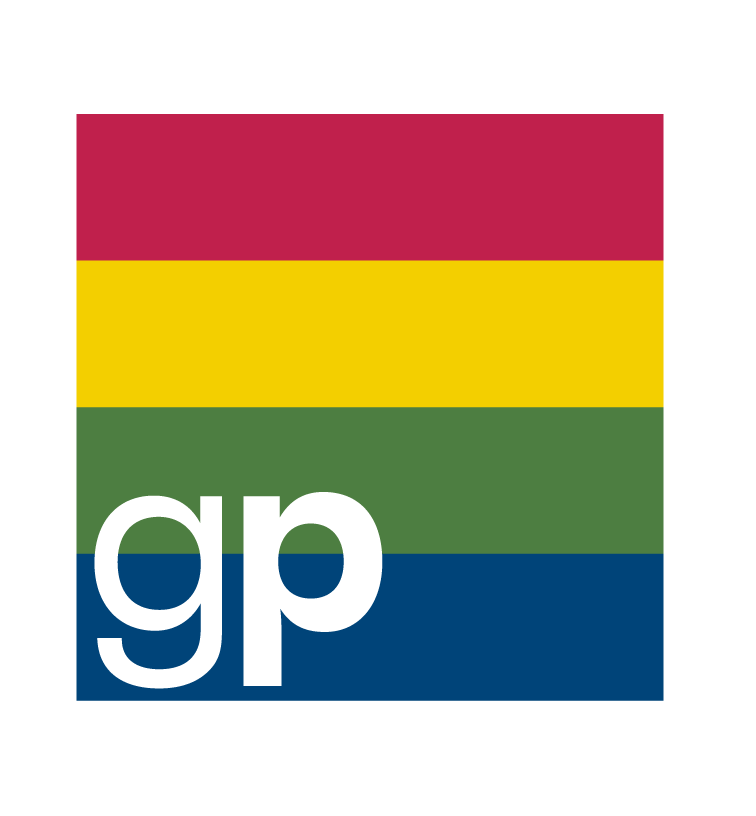Positive Class AI
If you saw Tristan Harris and Aza Raskin’s video on the AI Dilemma, you will have seen them define AI's first and second eras. Curation AI and Creative AI. If you haven’t, then watch it now.
They describe the two eras with a bang - our first contact with such technology was through social media, and by any measure, humanity lost. They remind us that the business models that the big platforms built did everything except make media social—destroying so much we loved about our societies.
And the second contact—the one we are hurtling into now—is our second chance to make the same mistake. We can’t let the bad actors win again.
I remember my optimism around the first contact very clearly.
But how naive, looking back. It’s obvious now that a minority of humans will game the system to feed their greed. We need to reframe the solutions we buy into and vote with our feet when the abuse begins.
It was 2017 when I came off Facebook, twelve years to come off Instagram and fifteen to ditch Twitter. Next time, it won’t take long to identify corruption and abuse and leave immediately.
My hope now for ‘Creative’ AI, whether paused or not, is that the businesses that emerge through this revolution will be positively creative.
Twelve (And Growing) Tests For Positively Creative AI
Creative people are problem solvers. Whatever the field, creative people are the ideas people and concept creators. With AI, many more creative people will build solutions we haven’t imagined. It will happen so fast by the end of the year we won't recognise the place.
Let’s pray the vast majority are positive and constructive and that we spot it early when they aren’t.
So, creative people, here’s the brief for your AI solution
Zero manipulation or deception
Human values* are designed ‘in’ and guide the solution
Users and their data will never be exploited. Humans cannot hide behind anonymity to bully or shame others
All standards that emerge from ethics boards are applied
You consider remedies for the economy/livelihood you’re replacing
Don't exaggerate what your solution does. Be truthful
Use external feedback to monitor alignment with values
Adhere to forthcoming regulations that guide the safe development and use of AI
Whatever you build, make it transparent and explainable
Lobby the media to promote accurate and responsible reporting on AI
Bring in people from diverse backgrounds and expertise in ethics
Collaborate with researchers, companies, policymakers, and users of AI to be conscious of solutions that will benefit, not harm, society
And If You haven’t seen these principles for AI CLICK
*Just A Few Human Values
Freedom And Responsibility. Truth And Justice. Dignity And Humanity. Compassion And Caring. Purpose And Meaning. Love And Emotion.


